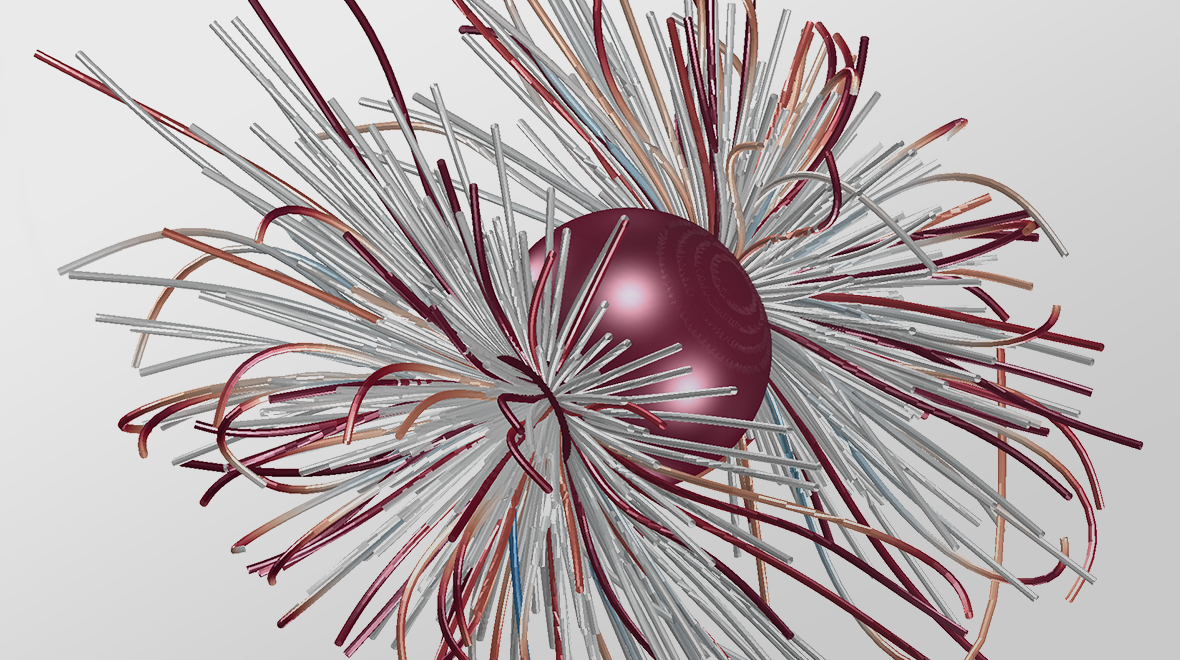Biophysical Modeling Group Meeting

Presenter: Adam Lamson, Ph.D. (Flatiron Research Fellow)
Topic: Sticky DNA condensation dynamics
Every cell in our body contains all the information of every other cell. However, multicellular organisms require cells to differentially express genes to perform different tasks. One way cells regulate gene expression is by forming DNA-protein condensates. Condensates such as heterochromatin suppress the genes in the condensate, while condensates like transcription hubs up-regulates gene expression in the surrounding nuclear region. Current models explain equilibrium properties such as size and stability of these biomolecular condensates, but the dynamics, such as the time it takes to condense, remain poorly described.
To study condensation dynamics, I use a mixture of coarse-grained 3D brownian dynamics and kinetic Monte-Carlo algorithms to model DNA and associated binding proteins. My simulations reveal two ways ‘sticky’ filaments go from uncondensed, to condensed at multiple locations, to having one large condensate along the filament. The condensation path taken is determined by the protein-DNA binding kinetics, the protein density, and the filament tension.